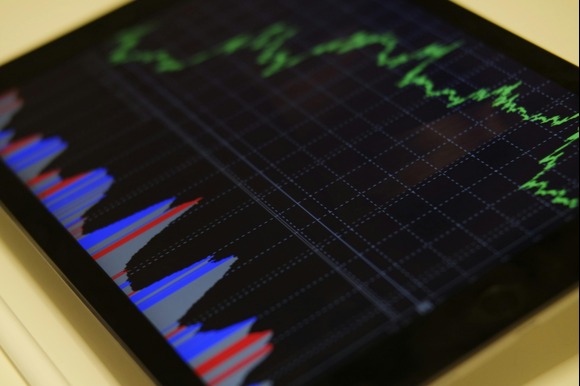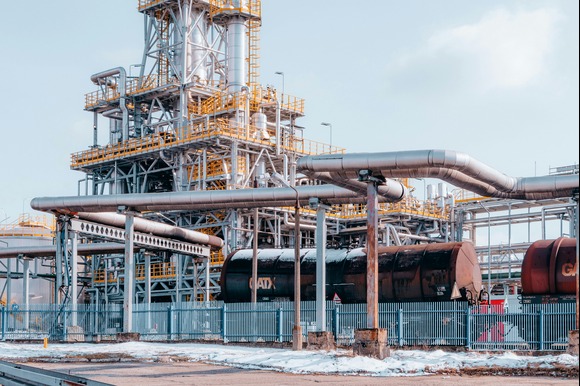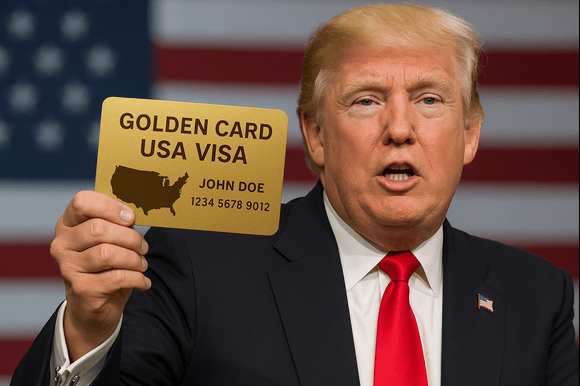
Photo by energepic.com
The Dow Jones Industrial Average hit a new all-time intraday high on Friday, marking the final milestone for the three major US stock indexes in their ongoing rally. This surge was driven by expectations of looser monetary policies, easing global trade tensions, and strong corporate earnings reports.
The Dow briefly surpassed its previous record of 45,073.63, reached on December 4, before settling at 45,062 points, a 0.3% gain. The boost came as UnitedHealth Group’s shares surged by 9.5%, following Warren Buffett’s Berkshire Hathaway disclosing a new investment in the health insurer.
“We’ve certainly waited a long time for the Dow to catch up and join the record club with the Nasdaq and S&P,” said Art Hogan, chief market strategist at B. Riley Wealth. The Dow, one of the oldest and most widely followed indexes, tracks the performance of 30 large-cap US stocks and is price-weighted, meaning companies with higher stock prices hold more influence. This differs from the S&P 500, which is market-cap-weighted and gives larger companies more sway.
Both the S&P 500 and Nasdaq Composite had already reached all-time highs in late June, fueled by renewed enthusiasm around artificial intelligence (AI), optimistic trade deal prospects, and growing expectations of interest rate cuts. These factors sparked a significant turnaround in US stocks, recovering from a sharp downturn earlier in the year.
While the Dow had lagged in reaching new highs, partly due to limited exposure to AI stocks and weaker performance from certain companies like UnitedHealth and Salesforce, it has still made significant gains. “The Dow has lagged because it’s heavily weighted with value stocks, and this has not been a value-driven market,” said Dennis Dick, chief strategist at Stock Trader Network.
The Dow’s growth has been supported by solid performances from companies such as Goldman Sachs, Microsoft, and Caterpillar. Additionally, chip designer Nvidia—now the first publicly traded company to reach a $4 trillion market cap—has contributed significantly, with its stock up more than 30% this year.
The Dow has climbed over 20% since reaching its low point in April, following a series of trade agreements between the US, the UK, Japan, and the EU. These deals have boosted investor confidence and led to expectations that a global recession can be avoided. A weaker-than-expected July labor market report has also raised the odds of a Federal Reserve interest rate cut as soon as September.
President Donald Trump’s ongoing efforts to shake up the Federal Reserve, including his recent interim appointments and search for a new chairperson who is open to rate cuts, have further bolstered market expectations of easing monetary policy.
Despite the overall growth, UnitedHealth has been a major drag on the Dow, with its stock plummeting more than 41% this year. Disappointing earnings, rising medical costs, the abrupt resignation of CEO Andrew Witty, and a criminal investigation by the US Department of Justice have weighed heavily on the company’s stock price.
So far this year, the Dow has risen nearly 6%, trailing the S&P 500’s 10% and the Nasdaq’s 12% gains. Other key contributors to the Dow’s rise include JPMorgan Chase, which has seen a 22.6% increase, and Boeing, which is up 31.6% year-to-date.
As the US economy continues to show signs of resilience, investors remain optimistic about the potential for continued growth in the second half of the year.




